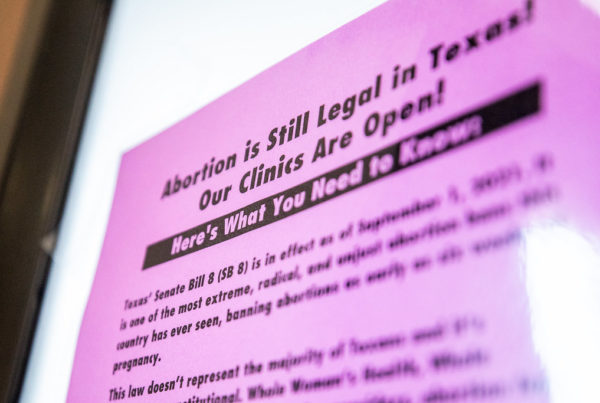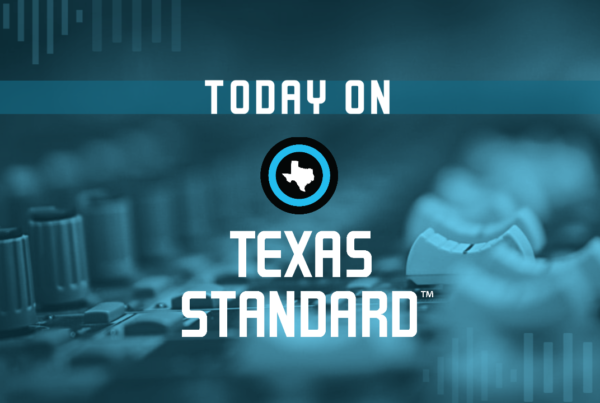The Texas Department of Public Safety plans to build a barrier along the U.S.–Mexico border on a rural, state-owned tract of land in Starr County.
President Joe Biden pledged to end federal efforts to build a wall along the country’s southern border. But in Texas, state officials, including Gov. Greg Abbott, plan to pick up of a border wall where possible
Valerie Gonzalez, an investigative reporter for the McAllen Monitor, Valley Morning Star, and Brownsville Herald, spoke with Texas Standard about the lease and the future barrier.
Listen to the interview above or read the transcript below.
This transcript has been edited lightly for clarity:
Texas Standard: This lease is in Starr County, about 30 miles west of McAllen. Can you tell us a little bit more about the size and characteristics of the area where the wall would be constructed?
Valerie Gonzalez: It’s a pretty rural area. I was out there in July when the commissioner [Bush] first came to that area to talk about a lawsuit related to that property. And it was hard to get to. It’s pretty out of the way and it is in a part of the border where the river curves wildly.
Are there a lot of illegal crossings in that area?
Not just human smuggling, but there is an area known as La Casita nearby and I come across that name and a lot of criminal complaints where there will be arrests for drug smuggling.
What’s known about the terms of this lease between the Land Office and the Department of Public Safety? This is state owned land, I presume?
It is state-owned land. And I did ask the IBWC [International Boundary and Water Commission] to make sure that they are not in charge of any of this land, and they did confirm that they are not. They also told me that the Governor’s Office did not reach out to them regarding this project. So they are aware of it, but they haven’t been formally approached about it. So this is a land that is owned by the state of Texas.
Earlier this year, the state took $250 million from the Department of Criminal Justice to pay for border wall construction. Is this project going to be financed with that money?
That was something that was announced by the governor. When, I sent a request for comment from the Governor’s Office and from DPS, DPS deferred to the General Land Office. They only told me that the money that would be used to finance this would be coming from DPS, but they didn’t specify any other further allocations.
I have seen some photographs of storage trailers – the kind of thing that you see on international cargo vessels – being stacked along the border to form a de facto wall. Is that the sort of construction that they are talking about for this land? What’s your of what this means, when they say they want to build a wall on this land?
It’s not specified in the lease agreement, or at least the one that’s available to us. What we do know is that the General Land Office is referring to it as a wall. And when we look at the lease agreement, it says a temporary fence site. So we’re not sure exactly what it will look like. But there is a difference between what a fence is and what a wall is. And that was something that the governor made sure to point out when he signed the order to create those things.
A wall is something more permanent – obviously, to deter human smuggling. And the fencing is something that we’ve seen created in Del Rio. The fence allows for signs to be posted to warn migrants that it is private property, and if they trespass, they could be charged with trespassing. So really, it’s a strategy to to allow for the trespassing charges to take place. A wall like what the governor was describing is more a deterrent. So we’re not really sure what it will look like, but it will be something that will be stronger than a fence, is my understanding.
Is there any impediment to the wall – or fence – going up at this juncture? And should we expect similar announcements when it comes to other state owned properties along the border?
We don’t know exactly when the construction will begin. The General Land Office didn’t specify. DPS also did not ask. And we’re not exactly sure what kind of challenges there will be. It is owned by the state, but it’s still an area that would be hard to get to, other than if you go through the river. But the General Land Office also said earlier this year, right after the governor signed the order to construct the fences and the border wall, that they would be making 20,000 state-owned border acres available to the governor’s plans. So this might just be the first of many projects to come.













